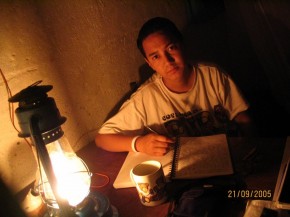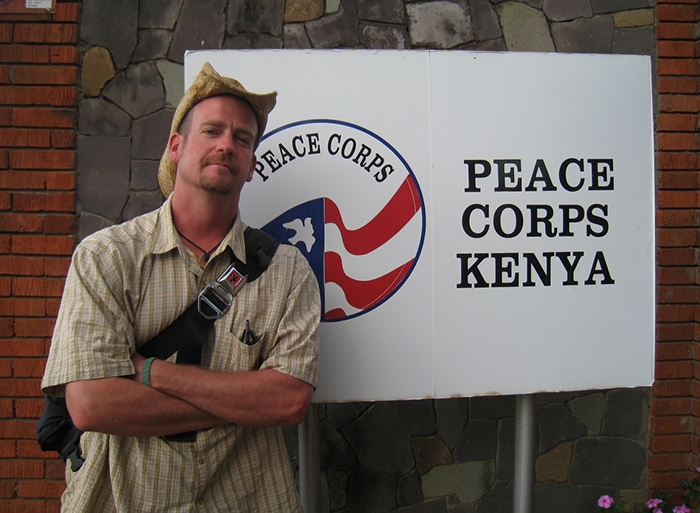Educating Deaf Communities in Kenya: Peace Corps
Peace Corps Kenya began in 1964 and remains one of the oldest Peace Corps programs in Africa. Over six thousand Peace Corps Volunteers have served the people of Kenya in meeting its development goals by providing expertise and training in various disciplines.
In 1992, the deaf education sector was initiated in response to the Ministry of Education’s focus on education for children with special needs. Since then, dozens of PCVs have continued to work in primary and secondary schools for the deaf as well as mainstream schools with units for deaf students. Aside from providing technical assistance to Kenyan teachers, PCVs also engage in behavior change communication strategies that emphasize the use of Kenya Sign Language in HIV/AIDS awareness efforts. This program remains the only deaf education sector in the Peace Corps.
As we celebrate the cultural diversity of Kenya during the Smithsonian Folklife Festival, two deaf Returned Peace Corps Volunteers who taught in Kenya recount their experiences.
Erikson Young (Kenya, 2005-2007)

I remembered that I was very excited to learn Kenyan Sign Language (KSL) upon my arrival in Kenya. I met several Peace Corps staff who welcomed me in KSL.
I felt like I was in a scene from Lost in Translation as I tried my best to understand what they were saying, but the sign language for numbers in KSL is completely different from American Sign Language (ASL). It was difficult at first to learn the numbers during my training sessions with deaf Kenyan teachers.
Prior to swearing in as a Peace Corps Volunteer, I was required to pass a proficiency exam in KSL during my three-month training period. As KSL is the native sign language of deaf Kenyans, it was mandatory that I achieve fluency to be able to teach deaf students and interact with deaf communities.
I thoroughly enjoyed conversing with deaf Kenyans in KSL. My school students even taught me local slang as well! Deaf Kenyans, I wanted to thank you for giving me an opportunity to learn beautiful language, and, to this day, it remains in my heart.
Allen Neece (Kenya, Zambia, 2007-2010; Guyana 2011)

My service in Kenya started when I arrived in Nairobi for training in Kitui in September 2007. After three months of training, I swore in and moved to my site in Kakamega where I would teach at a deaf primary school.
Only a few weeks later, however, the results of the presidential election were bitterly contested and the ensuing upheaval resulted in Peace Corps suspending operations. I transferred to Peace Corps Zambia but returned in 2008 and taught for two years at Tumu Tumu School for the Deaf near Karatina. I eventually traveled across much of Kenya and eastern Africa.
Many Returned Peace Corps Volunteers and I who served the people of Kenya continue to monitor and hope for this beautiful land, for we know how much promise and potential they harbor. We look forward to doing what we can to facilitate stronger relationships between Kenya and America.
Young and Neece will be participating in two narrative stage sessions at the Karibuni Workshops stage in the Kenya: Mambo Poa program:
1) Returned Peace Corps Volunteers from Kenya (July 2, 1:15 p.m.)
2) Kenyan Sign Language (July 5, 5 p.m.)

